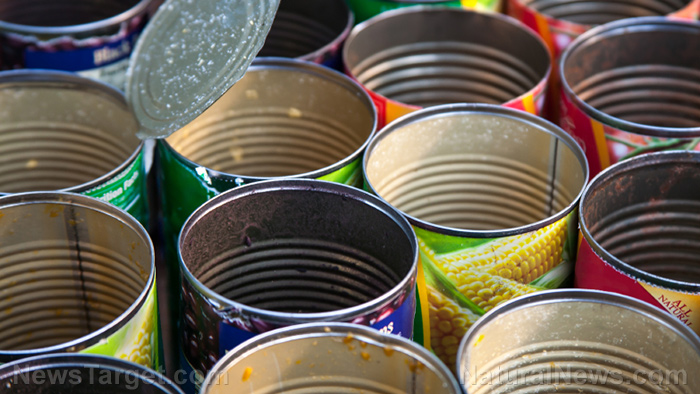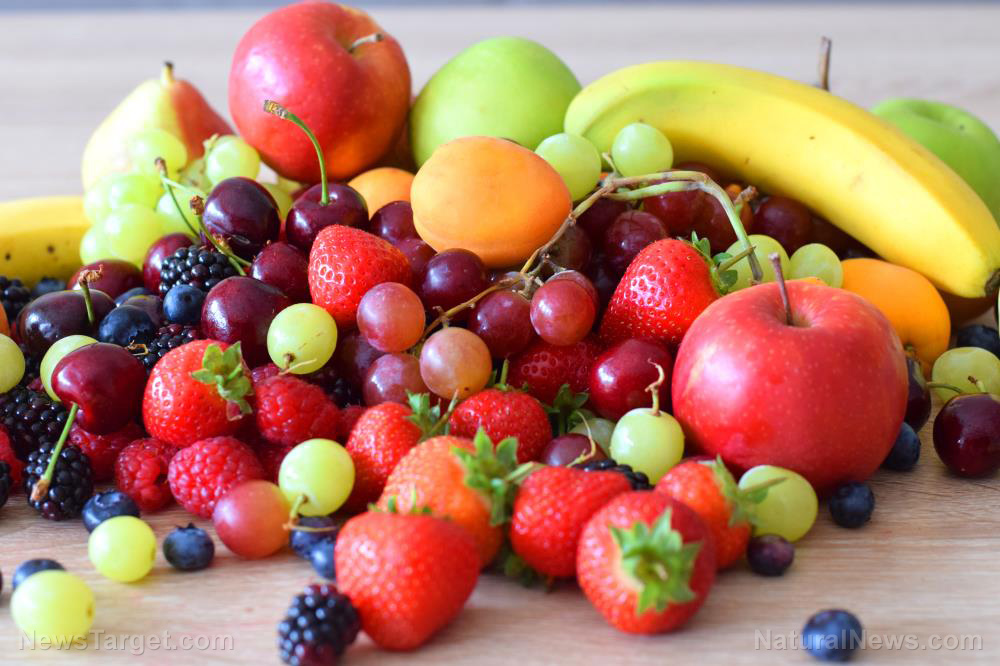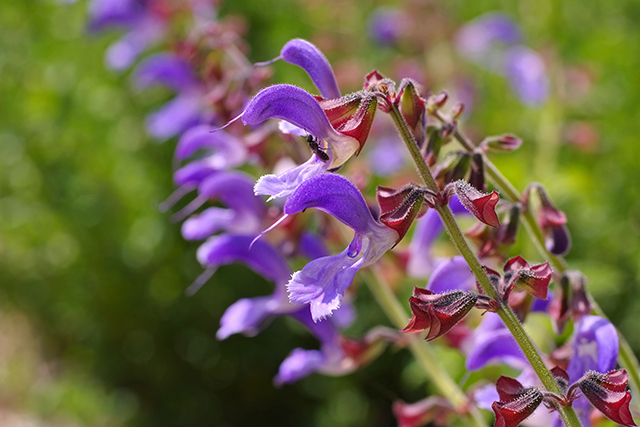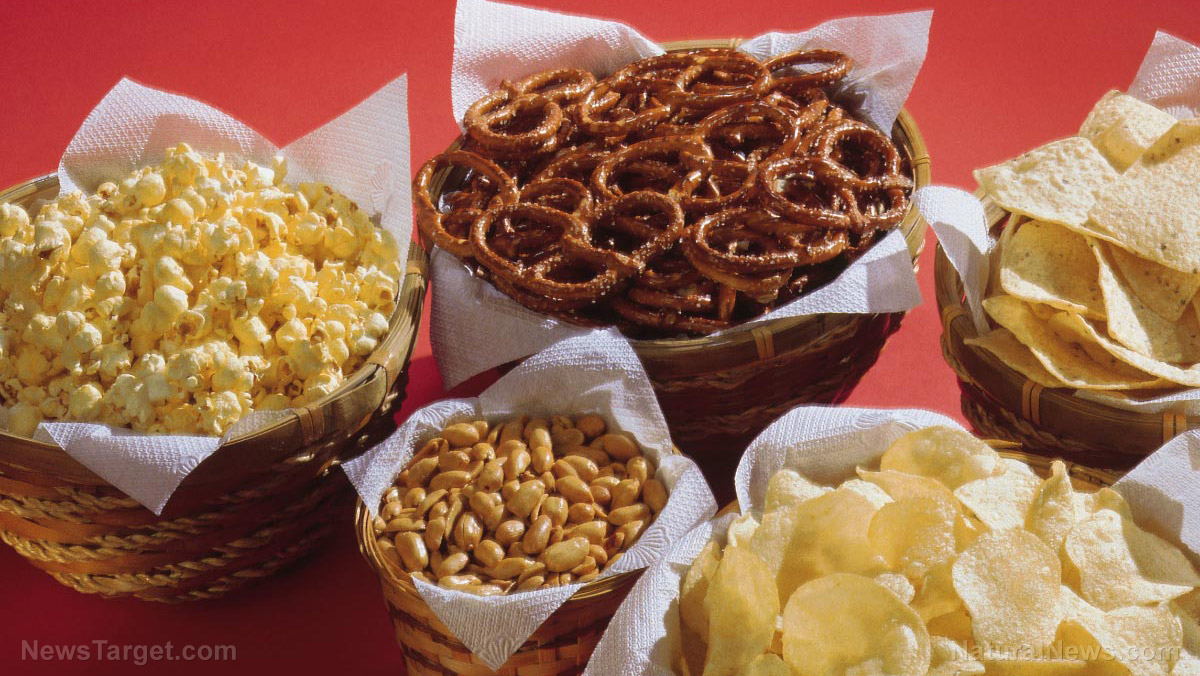Pungent, bitter onion varieties found to beat cancer
03/05/2019 / By Jose Lopez
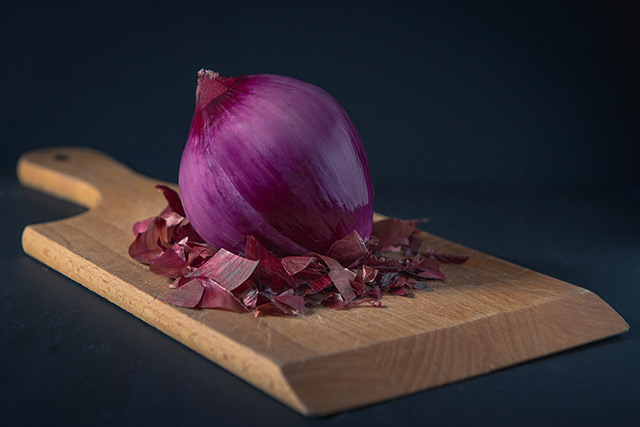
Traditional societies have long ascribed the healing properties to fruits and vegetables with strong tastes or pungent odors, such as onions, ginger, turmeric and garlic. Scientists are now beginning to confirm these properties in the humble onion, long a staple of kitchens.
Aside from the fibers in onion that prevent heart disease and certain types of cancer, researchers are discovering other chemicals and compounds in onions that are proving to be beneficial to our health. Among the compounds that researchers have found are phytochemicals. These compounds, such as flavonoids and phenolic acids, protect onions from damage caused by bacteria, viruses and fungi. They are also known as antioxidants because they stop the oxidation process — the same process that cause rust in metals. They help remove free radicals, or unstable oxygen atoms, in the body that could damage cells, proteins and DNA.
Researchers from Norway have found onions to be among the richest sources of dietary flavonoids. Increasing the intake of flavonoids and phenolic acids has been linked with lowering the risk of diabetes and heart disease, as well as preventing the proliferation of cancer cells in the colon and liver.
But while onions are generally rich in phytochemicals, some onion varieties are richer than others. Food scientists from Cornell University have identified at least four onion varieties that contain the highest amounts of these anticancer compounds after examining 10 onion and shallot varieties. These are the Western Yellow, pungent yellow, Northern Red and shallot varieties. These researchers, led by Dr. Rui Hai Liu, found that extracts from pungent yellow and Western Yellow varieties are especially effective against the proliferation colon cancer cells, while liver cancer cells were effectively subdued by extracts from Western Yellow, pungent yellow and shallot varieties. (Related: Red onions found to fight cancer more powerfully than yellow or white onions.)
Nowadays, Americans are eating more of the milder, sweeter varieties of onions. However, of the 10 varieties that the Cornell scientists tested, the Vidalia variety had the lowest phenolic content, while the Western Whites had the least flavonoids. The group found that shallots had six times the phenolic content of Vidalia onions, while Western Yellow onions had 11 times more flavonoids than Western Whites. As Liu points out, “the more total phenolic and flavonoid content an onion has, the stronger its antioxidant activity and protective effect.”
Liu continues, “Onions are one of the richest sources of flavonoids in the human diet. And flavonoid consumption has been associated with a reduced risk of cancer, heart disease and diabetes. Flavonoids are not only anti-cancer but also are known to be antibacterial, antiviral, anti-allergenic and anti-inflammatory.”
Phytonutrients promote health
Several other studies have determined that the phytochemicals and antioxidants found in all fruits and vegetables are effective against cardiovascular diseases and certain types of cancer. Other researchers believe that a healthy diet could prevent up to one-third of cancer cases; hence, the National Cancer Institute and American Cancer Society recommend that Americans consume at least five servings of fruits and vegetables a day.
This makes onions one of the best foods you can eat for preventing cancer. Even better, eating one or all of the more pungent or bitter varieties, such as the Western Yellow, pungent yellow, Northern Red and shallot, will provide you with natural phytochemicals and oxidants to boost your defenses against cancer and other diseases. Don’t be afraid to add more pungent or bitter flavors to your meals; you will add health to your life as well.
Sources include:
Tagged Under: anticancer, antioxidants, flavonoids, food is medicine, food science, grocery cures, onions, phytochemicals, prevention, red onions, research, shallots, vegetables






